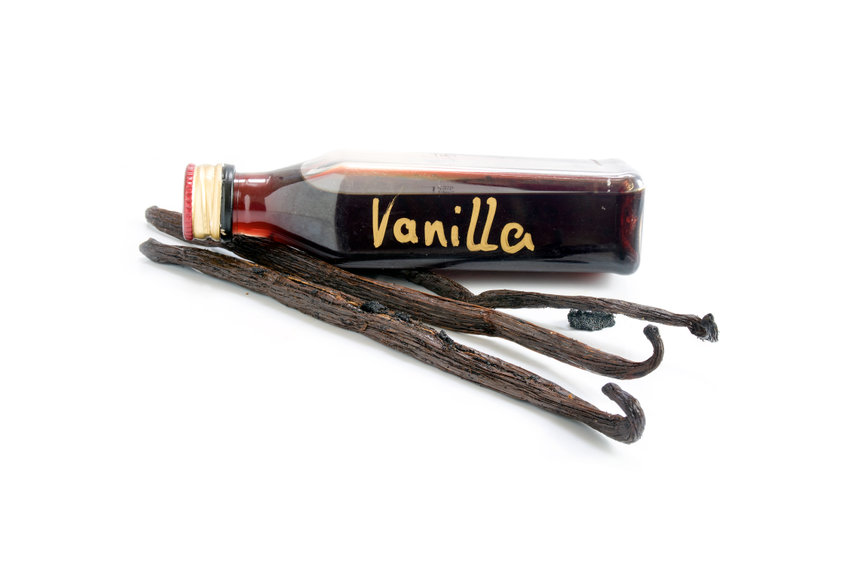That old plastic bottles can be turned into such items as carpet fibers and clothing is news to no one. But what if they were used to make your next vanilla ice cream cone?
As odd (and unappetizing) as that may sound, scientists believe they have uncovered a means to convert old, discarded bottles into vanilla flavoring using a genetically engineered bacteria — a technological breakthrough that could help tackle the growing problem of plastic waste.
What this process actually does is create something called “vanillin,” a compound that tastes and smells like vanilla. Currently vanillin is extracted naturally from vanilla beans or made synthetically – most often from chemicals taken from fossil fuels. Since plastic bottles contain plenty of fossil fuels, the scientists believe their technique could be a win-win for people and the planet…not to mention it produces something tasty to boot.
How exactly does their process work? As reported in livescience.com:
“Previous studies showed how to break down plastic bottles made from polyethylene terephthalate into its basic subunit, known as terephthalic acid. In the new study, two researchers at The University of Edinburgh in Scotland genetically engineered E. coli bacteria to convert terephthalic acid into vanillin. Terephthalic acid and vanillin have very similar chemical compositions and the engineered bacteria only needs to make minor changes to the number of hydrogens and oxygens that are bonded to the same carbon backbone.
The researchers mingled their genetically engineered bacteria with terephthalic acid and kept them at 98.6 degrees Fahrenheit (37 degree Celsius) for a day…About 79% of the terephthalic acid subsequently converted into vanillin.”
To read the story in its entirety at LiveScience.com, click here.
Editors note — Have you cooked with genuine vanilla beans? It’s time you did: https://www.google.com/search?client=firefox-b-1-d&q=vanilla+bean
